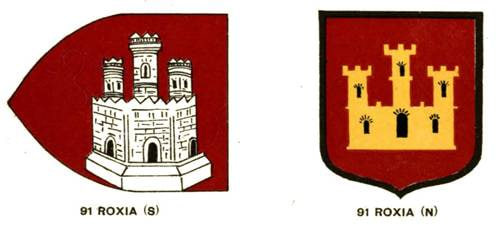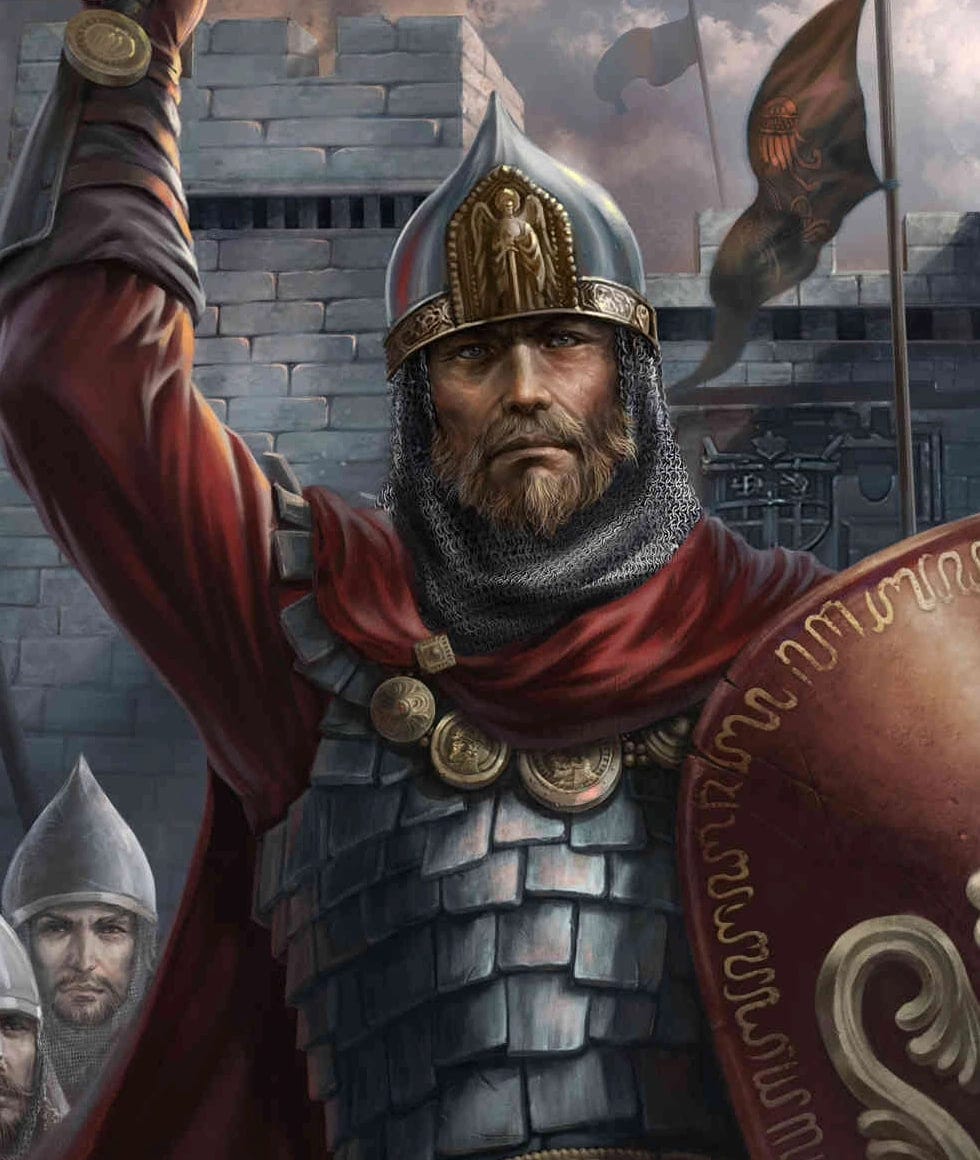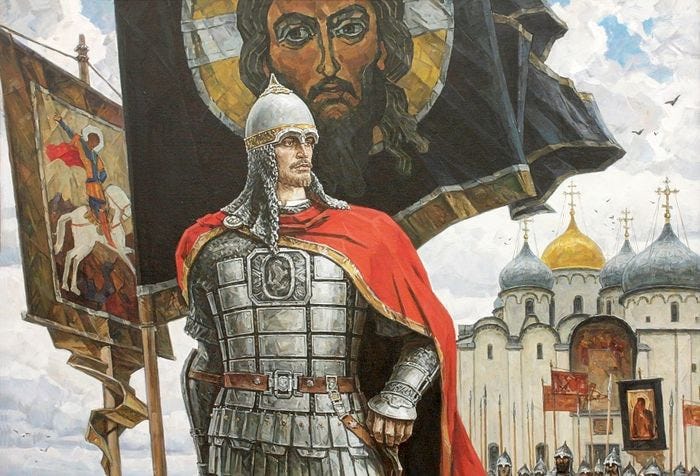The Republic of Novgorod
Origins of this medieval “republic”
The Novgorod Republic emerged out of the disarray of Kievan Rus’, early in the twelfth century, but this trading city’s commerce-driven economy fostered an independence of mind and aversion to autocracy that led to a novel form of a feudal republic.
Its "veche", or an assembly of all free males, selected a prince to govern Novgorod, and similar bodies met in smaller cities of the republic to choose their local executives.
The city that gave its name to the Novgorod Republic is one of the oldest urban settlements in the Slavic realm. Its strategic location on the Volkhov River made it an important link on a trade route that connected Scandinavia to the riches of the Byzantine Empire to the south. As Kiev emerged as the center of power in the region, Novgorod often took sides and at times harbored princes from the Kievan Rus’ Rurikid line during periods of dynastic crisis.
The Republic of Novgorod's governmental structure
Art depicting the "Veche" in the Novgorod Republic.
The highest political authority in the Novgorod Republic was the "veche", which was open to all free male residents in the realm, but usually only included those within hearing distance of the peals from its great bell. Theoretically, the veche bell could be rung by any free man wishing to summon an assembly. Its participants elected the posadnik (mayor) and tysyatsky (militia commander). As Novgorod began to assert itself, the veche voted to restrict the prince’s powers by means of an actual contract. The prince was allowed no more than fifty men in his military retinue, was bound by oath to respect all Novgorod laws, and was prohibited from owning land or engaging in commerce.
The veche was dominated by the boyars (the largest landowners) and voted on all issues relating to Novgorod, including matters of war, alliances, and commercial treaties with other nations. It also elected the posadniks from among its own ranks, and over time the duties of the senior posadnik came to include responsibility for the militia; meanwhile, the tysyatsky assumed the duties of a chief constable. In Novgorod the archbishop served as head of the executive branch. He oversaw the republican treasury, conducted foreign relations, and had the power to prosecute offenses.
In 1291 Novgorod’s local authorities enacted a series of reforms that firmly established the city as the center of an independent republic. A supreme council was created, called the council of lords. Its members were the prince’s representative, Novgorod’s archbishop, and several posadniks and tysyatskis. Over the course of the next two centuries, the council of lords grew in number to about fifty, but its actual workings remain undocumented and, therefore, lost to history. Its main function was likely the quiet resolution of disputes that occurred between one or more economic factions or families. That same year, in 1291, Novgorod was reorganized into five boroughs, each of which had its own veche and posadnik. The outer regions of Novgorod were similarly organized into fifths, using the Russian term for a quintile, pyatiny. These stretched to the north and west and included Ladoga, Oreshek, Pskov, Staraya Russa, and Torzhok.
The Rise of Alexander Nevsky
Art depicting prince Alexander Nevsky Alexander Nevsky (c. 1220–1263).
Novgorod’s political power was embedded in the boyar class, the largest landowners of the empire and from whom the posadniks and tysyatskis were chosen. Until 1236 the princes of Novgorod were from the Rurikid line, but that year the veche voted to invite Alexander Nevsky to rule and lead a military effort to repel a twin threat from the Scandinavians and the Germans.
Prince Alexander Nevsky was descended from the princely line that ruled Vladimir, another principality that spawned from the Kievan Rus’.
In 1240 the nineteen-year-old Nevsky beat back the Swedish army. Two years later, he defeated the German Teutonic Knights in one of Europe’s most legendarily uneven conflicts. In the Battle of Lake Peipus, Nevsky’s humble foot soldiers were victorious over impressively armored knights on horseback.
Considered one of the greatest heroes of Russian history, Nevsky strengthened the Novgorod Republic via shrewd foreign policy deals both with the Scandinavians and with the Mongols from the east, who had decimated much of what remained of Kievan Rus’ by then.
How did Novgorod work as a republic in the real sense of the word?
The main officials were the prince of Novgorod, the posadnik, the tysyatskoi, and the archbishop of Novgorod.
The posadnik and the tysyatskoi represented the will of the higher (boyars) and the lower classes (merchants) respectively. In theory, at least. In practice, they mostly represented their family clans. They were responsible for the internal management of the city.
The prince was an invited member of the Rurikid dynasty ruling the rest of Rus. He was primarily responsible for offensive and defensive military operations, but he was making other decisions too. Still, he was a hired gun of sorts, not a monarch. Princes had their own armies, and they were also given a certain amount of control over the city’s army formed by the boyars and their military contingents. Because that army was larger than the personal army of any individual prince, the city could always send the prince packing along with his troops.
The archbishop was elected too, although he had to be confirmed by the higher Church authorities. The archbishop was very important in a secular sense because he was the keeper of measures and weights, among his other responsibilities. Obviously, in a city of merchants and tradesmen, measures and weights were essential.
The city officials, the district officials, and other key leaders formed the Council of Masters that was responsible for important day-to-day decisions of the city’s importance. There was also a complicated system of courts managed and judged by the officials.








